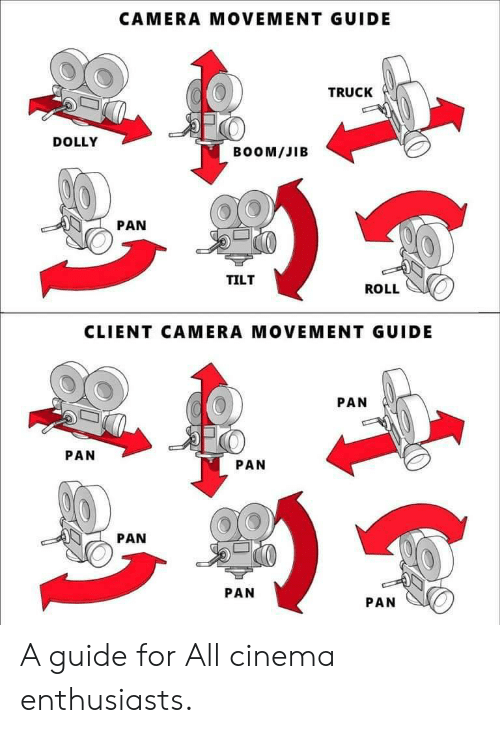
Well well well, it’s been an interesting start to 2024. While most of tech, big and small is chasing the AI rabbit (using those initials very loosely) it seems our old friend is back on our minds…and faces. Apple, of course, launched their face computer and if we ignore the folks just trying to get clicks on the Tik Toks and the You Tubes there is actual revived discussion about the reality of VR, AR and the other R’s. Let’s agree to continue calling it Virtual Reality, Augmented Reality, or collectively eXtended Reality as that is what we’re talking about whether you’re gaming, creating, or just computing. There are a lot of parts and pieces tangled up in this XR conversation. The hardware is improving, the software is evolving, and the social experiences are…still figuring it out.
The physical bits of plastic and metal and glass and electrons
It is truly awesome that we can now strap a fully functioning computer to our faces and dive into new worlds and have those worlds mix with our existing world. There are some great tear downs of the most recent options available (Quest 3 and VisionPro) that illustrate just how much tech is squeezed into them. This is only a recent development and it will only get better. Before that we were tethered to metal boxes with beefy graphics cards. There was a time before that when no one really talked about VR BUT before that we needed a small crane to support the hardware that we “wore” on our heads lest it crush our puny skulls. We’ve been talking about this stuff for a long time and we ALMOST stopped talking about it again until the shiny new thing showed up. It’s going to be some time before the hardware “disappears” if it can at all. It’s very likely we’ll need to adjust our social norms for when and where XR hardware is appropriate even if it scales down to something less intrusive than what XReal and Rokid are building now. All that to say we’re still at the beginning.
The digital bits that talk to the physical bits
There is something to it. XR demos REALLY well. People put the hardware on and are instantly transported, instantly fooled, and sometimes instantly sick…but that’s getting better. It convinces us so completely that some can’t walk out on a virtual plank of wood 10 stories above a virtual city even though they know they are safe in their living rooms. But that’s a parlor trick. I’d argue the software is missing the big innovations that the hardware has seen over the last few years. There are some classic games that play really well in VR. There are some cool MR experiences rolling out that show promise. Accessing your computer and making the monitor really big is neat but really only useful in a few tight spaces (airplanes, and trains for the rest of world who understands the value of well maintained rail transit…) There’s still no compelling reason to keep heavy-ish hardware on your face for a long time and the software may not catch up until the hardware evolves sufficiently to where it’s hardly noticed.

The Socials
Putting hardware over your eyes is an isolating experience. Less so with the lightweight AR glasses that are available but they’re still bulky enough to be a barrier between you and the other people in your immediate reality. So let’s talk about it. The Metaverse. James Wagner Au recently distilled the definition (for those who thought there was no definition) down to this
The Metaverse is a vast, immersive virtual world simultaneously accessible by millions of users through VR and other devices, highly customizable avatars and powerful experience creation tools. It is integrated with the real world economy and compatible with external technology.

I’ve been a fan of virtual worlds for a long time and I’d still take a meeting in a place like SecondLife over a Zoom any day. There are currently many virtual worlds to choose from and each has an ideal way to access it. Disney and Epic made a big splash recently with their announcement of a Fortnite powered Disney Universe (the jokes write themselves) but it is not The Metaverse. It appears to be another silo that I’m sure will be a lot of fun and draw a lot of people but until it connects with other virtual spaces it is no different than Meta’s Horizon Worlds (also not The Metaverse no matter what they call the company). The closest thing we have to The Metaverse is Mozilla Hubs (soon to be de-Mozilla’d) and Ready Player Me. ![]() Hubs is open source, runs in a browser, has content creation tools, can import other content standards, and can be accessed via desktop, tablet, pocket computer, or face computer. That last bit is important. You shouldn’t have to use a specific piece of hardware to access this alternate world. Ready Player Me is helping on the identity side. A user shouldn’t have to create a new avatar and new profile every time they want to visit a new world. You can imagine what the web would be like if you had to create a new profile for every page you…never mind. Ready Player Me allows the user to create a library of avatars that can be used in multiple worlds (including Hubs). These two services are still fairly basic compared to what we can imagine but we’re at the beginning.
Hubs is open source, runs in a browser, has content creation tools, can import other content standards, and can be accessed via desktop, tablet, pocket computer, or face computer. That last bit is important. You shouldn’t have to use a specific piece of hardware to access this alternate world. Ready Player Me is helping on the identity side. A user shouldn’t have to create a new avatar and new profile every time they want to visit a new world. You can imagine what the web would be like if you had to create a new profile for every page you…never mind. Ready Player Me allows the user to create a library of avatars that can be used in multiple worlds (including Hubs). These two services are still fairly basic compared to what we can imagine but we’re at the beginning.
The long beginning
These are niche devices currently serving a niche audience in the hopes that it’s the Next Big Thingtm. We all wait and see again. This all feels similar to 2017…it’s still the beginning of functional hardware, it’s still the beginning of software that really understands the world (outside and in) and works well with both, it’s still the beginning of interconnected worlds that we can actually use and exist in for some amount of time, and it’s still the beginning of creating social norms around how computers on, and in, your face are understood.





